Picture walking into a modern office or bustling train station in 2025, only to hear an urgent alert from a smoking sensor as it detects an unauthorised puff of smoke or vapour. Incidents like these are becoming more common as safety and health regulations tighten across the UK.
This guide is your trusted resource for understanding, selecting, and deploying the right smoking sensor for your environment. We will explore the newest sensor technologies, outline the current regulatory landscape, and provide step-by-step guidance for installation, maintenance, and future innovations.
If you are aiming for compliance, seeking to protect people, or simply want peace of mind, this definitive guide will help you create a safer, smoke-free space in 2025.
The Evolution of Smoking Sensors: Trends and Technologies for 2025
The journey of the smoking sensor has been marked by innovation and increasing demand. Over the years, these systems have become essential in protecting health and ensuring compliance in both public and private settings. The evolution from basic smoke alarms to intelligent detection platforms highlights the rapid pace of change in this sector.
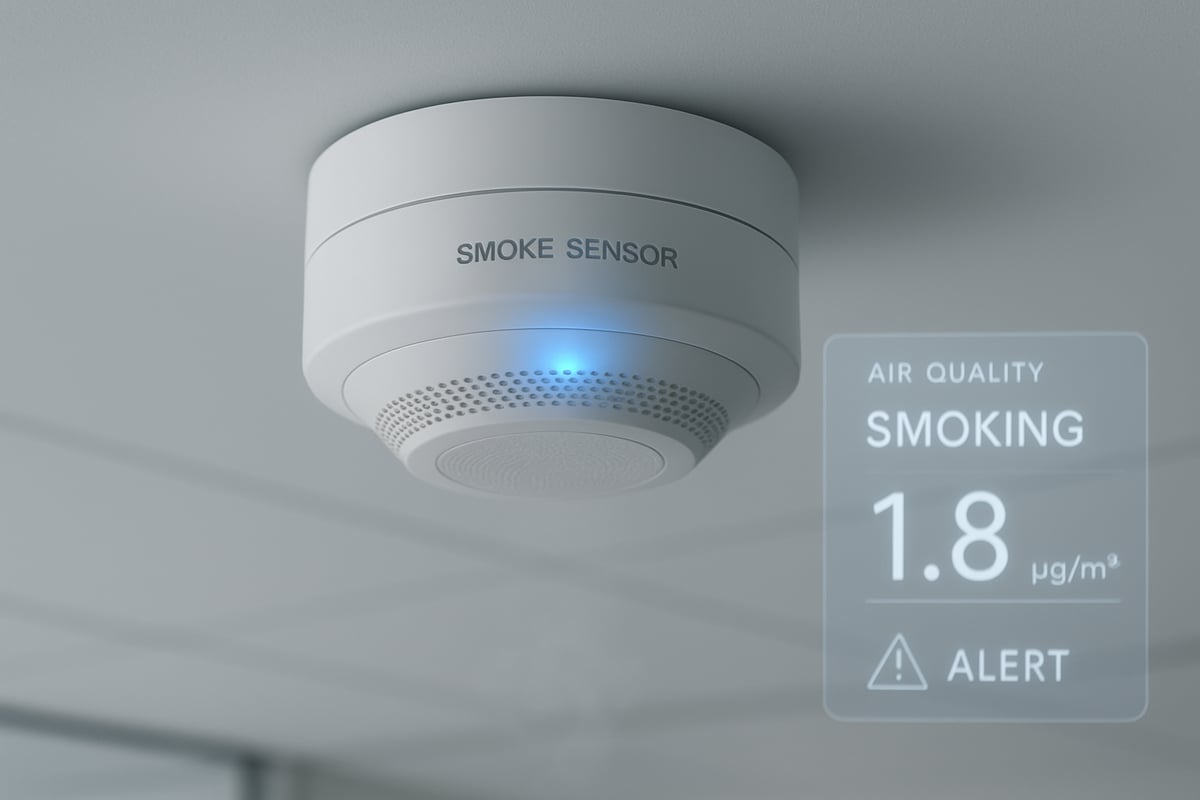
Historical Overview and Market Growth
Early smoking sensor technology focused on detecting visible smoke particles using simple mechanisms. These initial devices often struggled with false alarms and missed detections, especially in environments with variable airflow. Despite these challenges, growing concerns about secondhand smoke and fire safety spurred further development.
By 2025, the smoking sensor market is valued at over £1 billion, with projections showing steady growth in the coming years. Key drivers for this expansion include stricter regulations, increased awareness of indoor air quality, and the need for advanced fire prevention. Businesses and institutions now view smoking sensors as vital investments for safety and compliance.
Latest Advancements in Sensor Technology
Recent years have seen the rise of multi-sensor devices capable of detecting not just smoke, but also vapour and changes in air quality. These systems combine several detection methods, allowing for more accurate identification of tobacco and vape use. Integration with IoT and smart building management platforms is now standard, enabling remote monitoring and automated alerts.
Examples of cutting-edge smoking sensor solutions include real time notification systems, which send instant alerts to facility managers through mobile apps or dashboards. This connectivity ensures rapid responses and reduces the risk of unnoticed incidents. Continuous firmware updates also mean that these sensors can adapt to emerging threats and changing environments.
Types of Smoking Sensors Available
Today’s smoking sensor options are diverse, each with unique advantages. Optical sensors use light beams to detect smoke particles, offering fast response times. Ionisation sensors are sensitive to smaller particles, making them suitable for rapid fire detection, but can be prone to false alarms from cooking fumes. Photoelectric sensors excel in identifying larger smoke particles, providing reliable performance in most indoor environments.
Chemical sensors represent a major breakthrough for vape and tobacco detection, analysing air for specific compounds found in smoke and vapour. Wireless and battery operated models allow flexible installation in challenging locations. For those seeking a detailed comparison of leading devices, the Best Vape Detector and Sensors guide offers valuable insights into current market options.
Data and Performance Benchmarks
Performance metrics are critical when choosing a smoking sensor. Recent studies show that modern sensors deliver sensitivity rates above 95 percent and response times under 10 seconds. False alarm rates have dropped significantly due to improved algorithms and multi sensor integration.
Facilities report measurable reductions in unauthorised smoking incidents after deploying advanced sensors. In real world case studies, educational institutions observed a 40 percent decrease in detected events, while hospitality venues noted fewer insurance claims related to smoke damage. These results underscore the importance of ongoing benchmarking and system optimisation.
| Feature | Modern Sensors | Legacy Models |
|---|---|---|
| Sensitivity Rate | 95 percent+ | 80 percent |
| Average Response Time | Under 10 sec | 20 sec |
| False Alarm Rate | 2 percent | 10 percent |
Regulatory and Compliance Drivers
The regulatory landscape around the smoking sensor continues to evolve. UK and EU guidelines now mandate smoke detection in many public and private spaces, with specific requirements for vape detection gaining traction. Compliance is not only a legal obligation but also impacts insurance premiums and liability coverage.
For property owners, maintaining up to date smoking sensor systems can unlock insurance incentives and help avoid fines for non compliance. Regulatory checklists often include regular maintenance, documentation, and integration with building management systems. Recent high profile cases highlight the risks of neglecting these requirements, with penalties ranging from substantial fines to closure orders.
By understanding the evolution of the smoking sensor, organisations can make informed decisions that protect occupants, meet legal standards, and future proof their spaces.
Key Considerations Before Choosing a Smoking Sensor
Selecting the right smoking sensor for your environment is a decision that impacts safety, compliance, and user experience. Before making a choice, it is essential to evaluate your specific needs, regulatory requirements, and the practicalities of installation and maintenance. The following sections break down the most important considerations to guide your decision.
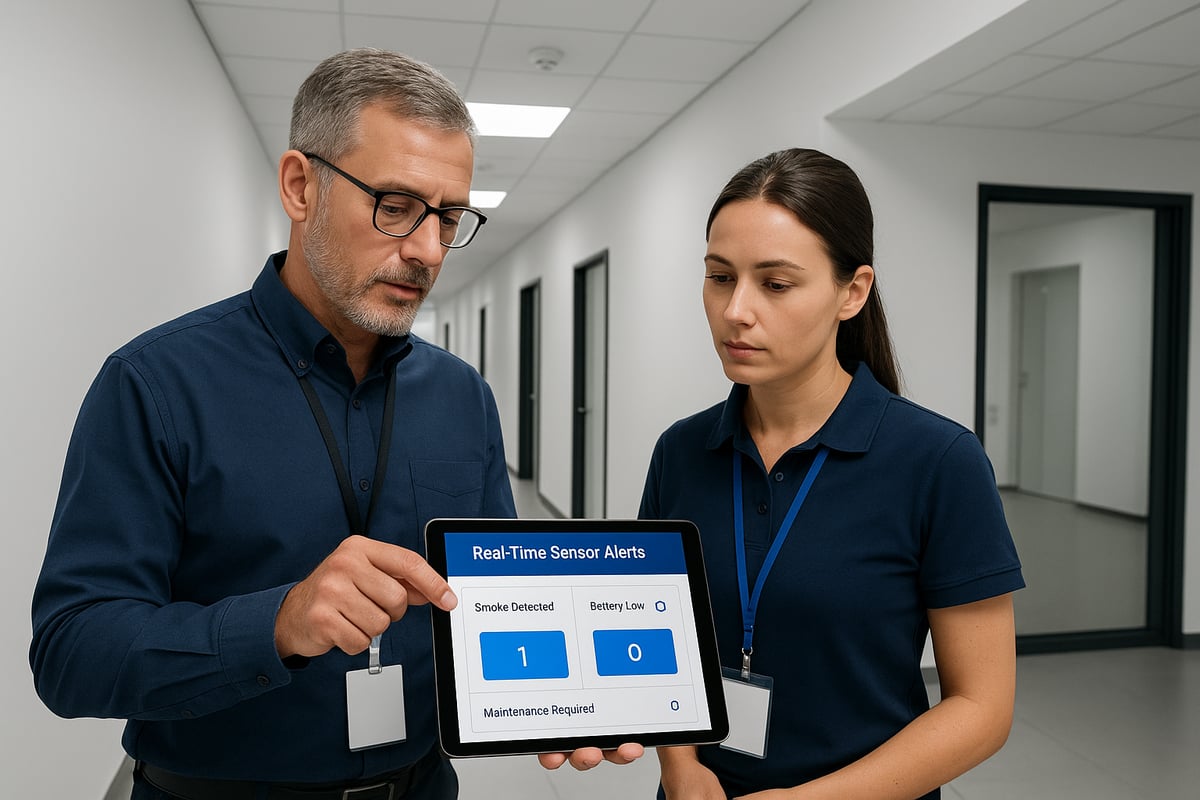
Assessing Your Environment and Needs
Begin by identifying areas where a smoking sensor is most critical. High risk spaces such as schools, offices, hospitality venues, and shared residential blocks often require targeted monitoring. Consider the volume of foot traffic and how air flow might affect sensor placement and detection accuracy.
Make a checklist of requirements, including whether you need vape detection, support for anti social behaviour monitoring, or integration with existing alarms. Understanding these factors will help you select a smoking sensor that aligns with your operational needs and risk profile.
Compliance and Legal Factors
Compliance is a major driver for installing a smoking sensor. Local and national regulations in the UK and abroad dictate where and how these devices should be used. Stay updated on notification requirements and ensure you are collecting and storing data in a compliant manner.
Property owners and managers should consider liability implications if regulations are not met. For a comprehensive overview of business obligations, the UK Smoking Regulations: What Businesses Need to Know resource provides valuable guidance to help you stay compliant and avoid penalties.
Cost Versus Value Analysis
When evaluating a smoking sensor, weigh the upfront investment against the long term benefits. Consider not only the initial purchase price, but also ongoing maintenance, replacement cycles, and potential insurance savings.
A cost versus value table can help:
| Factor | Upfront Cost | Ongoing Cost | Long Term Value |
|---|---|---|---|
| Device purchase | High | Low | Essential |
| Maintenance | Low | Medium | Preventative |
| Insurance savings | None | High | Significant |
Calculate the return on investment by comparing reduced incidents, lower insurance premiums, and improved compliance.
Installation and Integration Challenges
Proper installation of a smoking sensor is essential for accurate detection and system reliability. Common pitfalls include poor placement, inadequate coverage, and compatibility issues with existing fire or security systems.
Consider whether a wired or wireless solution best suits your needs. Wireless sensors offer flexibility and easier upgrades, while wired options can provide more consistent connectivity. Always review the technical requirements and seek professional advice if integrating with complex building management systems.
User Experience and Accessibility
A smoking sensor should be easy for facility managers and staff to use. Look for models that offer intuitive mobile apps or dashboards for real time monitoring, clear alert notifications, and straightforward controls.
Training and support resources are also important. Ensure your team can respond promptly to alerts and maintain the system effectively. Prioritising user experience will help maximise the benefits of your smoking sensor investment.
Step-by-Step Guide to Installing and Setting Up Smoking Sensors
Installing a smoking sensor system requires careful planning and precise execution to ensure reliable detection and compliance. This step-by-step guide will walk you through the essential stages, from initial site assessment to ongoing staff training, helping you achieve optimal performance and peace of mind.

Step 1: Site Assessment and Planning
Begin by mapping out high risk zones where smoking or vaping might occur. Common areas include toilets, stairwells, break rooms, and less supervised corridors. Assess airflow patterns as poor ventilation can affect your smoking sensor’s sensitivity and accuracy.
Involve key stakeholders such as facilities managers, IT teams, and compliance officers early in the process. Review building layouts and consult regulation checklists to ensure your plans align with legal requirements. Proper planning at this stage prevents costly adjustments and maximises the system’s effectiveness.
Step 2: Selecting the Right Sensor Model
Compare available smoking sensor models based on your site’s unique needs. Consider factors like detection capabilities, integration options, and warranty terms. Multi sensor units that can identify both smoke and vape particles are increasingly popular for comprehensive coverage.
Create a checklist to evaluate vendors, focusing on technical support, product certifications, and after sales service. Some environments may require tamper resistant designs or wireless connectivity for flexible deployment. Matching the sensor features to your requirements is crucial for long term satisfaction.
Step 3: Physical Installation Process
Gather the necessary tools and materials before installation, such as mounting brackets, cables, and safety equipment. Follow manufacturer guidelines for mounting height and positioning, typically on ceilings or high walls for optimal coverage. During installation, test each smoking sensor for power and connectivity.
For detailed setup instructions and troubleshooting tips, refer to the Installation Instructions for Sensors. Adhering to these best practices helps prevent false alarms and ensures compliance with insurance or regulatory standards.
Step 4: System Configuration and Integration
Once installed, connect each smoking sensor to your building management or security system. Configure alert thresholds according to local regulations and your site’s risk profile. Set up notification protocols, ensuring alerts reach the right personnel quickly.
Test the integration by simulating incidents and monitoring response times. Document the configuration process so future maintenance or upgrades are straightforward. A well integrated system offers real time monitoring and seamless incident management.
Step 5: Staff Training and Awareness
Provide targeted training to facility managers, security staff, and occupants. Cover topics such as recognising alerts, responding appropriately, and reporting maintenance issues. Use accessible guides and mobile apps for real time updates and support.
Ongoing education helps reduce false alarms and reinforces the importance of your smoking sensor system. Regular reminders and refresher sessions keep everyone engaged and aware. An informed team ensures your investment delivers long term value and safety.
Maintenance, Troubleshooting, and Optimisation
Effective maintenance, troubleshooting, and optimisation are essential for ensuring your smoking sensor system delivers accurate and dependable results. Regular attention not only extends device lifespan but also upholds compliance and safety standards.
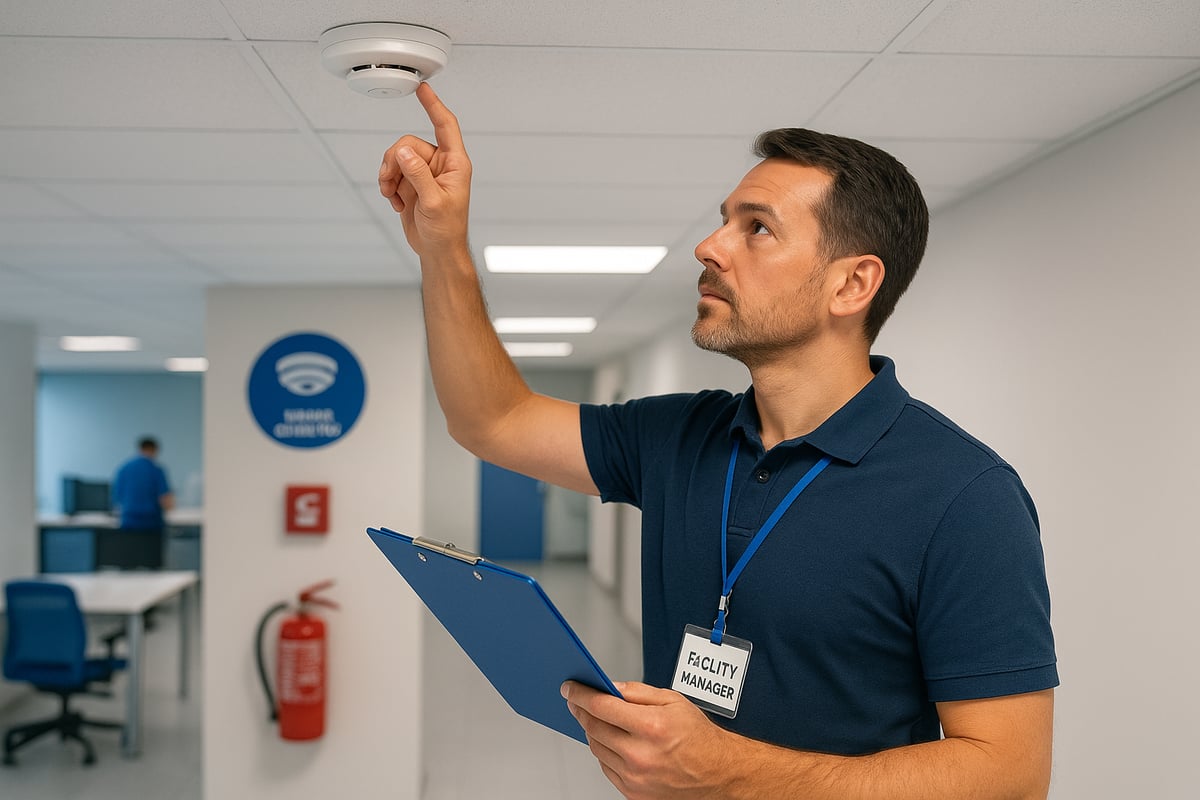
Routine Maintenance Best Practices
Routine care is the backbone of a reliable smoking sensor setup. Establishing a cleaning schedule prevents dust and debris from affecting sensor performance. Most manufacturers recommend monthly checks, especially in high-traffic areas.
Calibration is another critical step. Schedule sensor calibration at intervals suggested by the manufacturer, typically every six months, to ensure accurate readings. Battery-operated units should have batteries replaced at least annually, or sooner if low-power alerts are received.
Keep detailed maintenance logs for each smoking sensor. Document cleaning dates, calibration results, and battery changes. This not only helps with internal accountability but also supports compliance during inspections.
Common Issues and Troubleshooting Steps
Despite best efforts, smoking sensor systems can occasionally produce false alarms or miss detections. Common causes include improper placement, environmental contaminants, or outdated firmware.
To address frequent false alarms, first check for airflow disruptions or nearby sources of steam and dust. Relocate the device if environmental factors cannot be mitigated. Firmware updates, often available through the manufacturer, can resolve software-related issues.
For integration or connectivity problems, verify network connections and ensure compatibility with building management systems. Manufacturer support lines and user manuals are valuable resources for resolving persistent concerns.
For more on the underlying technology and troubleshooting best practices, see the Vape Detection Technology Guide.
Performance Monitoring and Optimisation
Continuous performance monitoring is vital for maximising smoking sensor effectiveness. Many modern systems include analytics dashboards that track trends, alert frequency, and sensor health.
Use this data to identify areas with repeated alerts or potential blind spots. Adjust sensor placement based on analytics to reduce false positives and improve coverage. Regular performance reviews, at least annually, help ensure that your system remains aligned with evolving site needs.
Stay informed about sensor advancements to maintain optimal performance. For an overview of the latest technology features and optimisation tips, visit the Smart Sensor Technology Overview.
Ensuring Compliance and Documentation
Compliance is a cornerstone of successful smoking sensor management. Maintain up-to-date records of all maintenance, calibration, and incident responses. These logs are invaluable during audits or inspections.
Adapt your protocols promptly if new regulations or insurance requirements arise. Having template documents for maintenance and compliance can streamline record-keeping and demonstrate due diligence.
By prioritising documentation, property owners and managers not only protect themselves legally but also ensure their smoking sensor systems remain effective and trustworthy.
The Future of Smoking Sensors: Innovations and Predictions for 2025 and Beyond
As we look ahead, the future of the smoking sensor is shaped by rapid advancements in technology and evolving societal priorities. The next generation of detection is set to transform not only building safety but also public health policy and daily life.
Emerging Technologies Shaping the Market
The smoking sensor landscape is experiencing a surge in innovation. Artificial intelligence is now enabling sensors to not only detect smoke but also predict potential risks using data patterns and machine learning. Advanced chemical sensing can distinguish between tobacco, vape aerosols, and even illicit substances, offering a broader shield against indoor air quality threats.
Integration with smart cities and building management systems is also accelerating. Sensors are becoming part of interconnected networks, providing real time alerts and analytics to facility managers. Recent breakthroughs in sensor technology, such as those using optical flow and transformer based models, are delivering faster, more reliable detection. For a deeper dive into these advancements, see Reliable Smoke Detection via Optical Flow-Guided Feature Fusion.
Expanding Applications Beyond Traditional Environments
The reach of the smoking sensor is expanding well beyond offices and schools. Public transport systems are deploying sensors to curb smoking and vaping in stations and vehicles. Hospitals and care homes are using them to protect vulnerable groups, while hospitality venues are leveraging sensors to maintain compliance and guest safety.
A growing trend is the deployment in areas tackling anti-social behaviour and substance misuse. UK schools, for example, are adopting multi sensor systems to monitor toilets and communal spaces without compromising privacy. Offices are integrating sensors with access control and security platforms to enhance workplace wellbeing.
Data Security and Privacy Considerations
As the smoking sensor becomes more connected, data security and privacy are critical. Organisations must ensure all data collection and storage comply with GDPR, especially when sensors are deployed in occupied spaces. The focus is shifting to privacy first deployments, where only essential data is captured and access is tightly controlled.
Balancing safety with occupant privacy requires transparent policies. Leading solutions now offer anonymised data logging and strict access protocols. This approach not only meets regulatory demands, but also builds trust among users who expect discretion in their environments.
Environmental and Health Impact
The impact of the smoking sensor on air quality and public health is becoming increasingly measurable. Studies show that sensor deployments lead to significant reductions in indoor pollutants, benefiting both respiratory health and overall wellbeing. Cleaner air translates to fewer sick days, improved productivity, and a safer environment for all occupants.
Additionally, by providing early warnings, smoking sensors are helping to prevent fire incidents before they escalate. The data gathered supports public health campaigns and informs building maintenance, ensuring that air quality remains a top priority in modern facilities.
Market Outlook and Consumer Trends
The smoking sensor market is forecast to see robust growth through 2030. Adoption rates are climbing as consumers and businesses demand integrated, multi purpose solutions. There is a clear shift toward sensors that offer smoke, vape, and air quality detection in a single device.
Industry experts predict further convergence with other smart building technologies, such as environmental controls and security systems. As prices become more accessible and user interfaces more intuitive, the appeal of the smoking sensor will reach a broader audience, from small businesses to large public sector organisations.
Challenges and Opportunities Ahead
Despite rapid progress, challenges remain for the smoking sensor sector. Cost and accessibility are barriers for some organisations, particularly in older buildings or remote locations. Evolving regulations, such as those outlined in the Tobacco and Vapes Bill 2024-25, require ongoing adaptation from manufacturers and facility managers.
Opportunities for collaboration between technology providers, regulators, and end users are expanding. By working together, stakeholders can drive innovation, establish best practices, and ensure that every smoking sensor installation delivers maximum value in creating safer, healthier spaces.
As we’ve explored the latest advances in smoking sensor technology, regulatory updates, and practical steps for implementation, it’s clear that creating safer, healthier spaces in 2025 is more achievable than ever. Whether you’re safeguarding a school, office, or leisure facility, having the right detection and monitoring solutions is key to staying compliant and protecting everyone. If you’d like tailored guidance or want to discuss how these systems can work in your environment, you don’t have to navigate it alone. Feel free to talk to our team and protect your building today—we’re here to help you every step of the way.
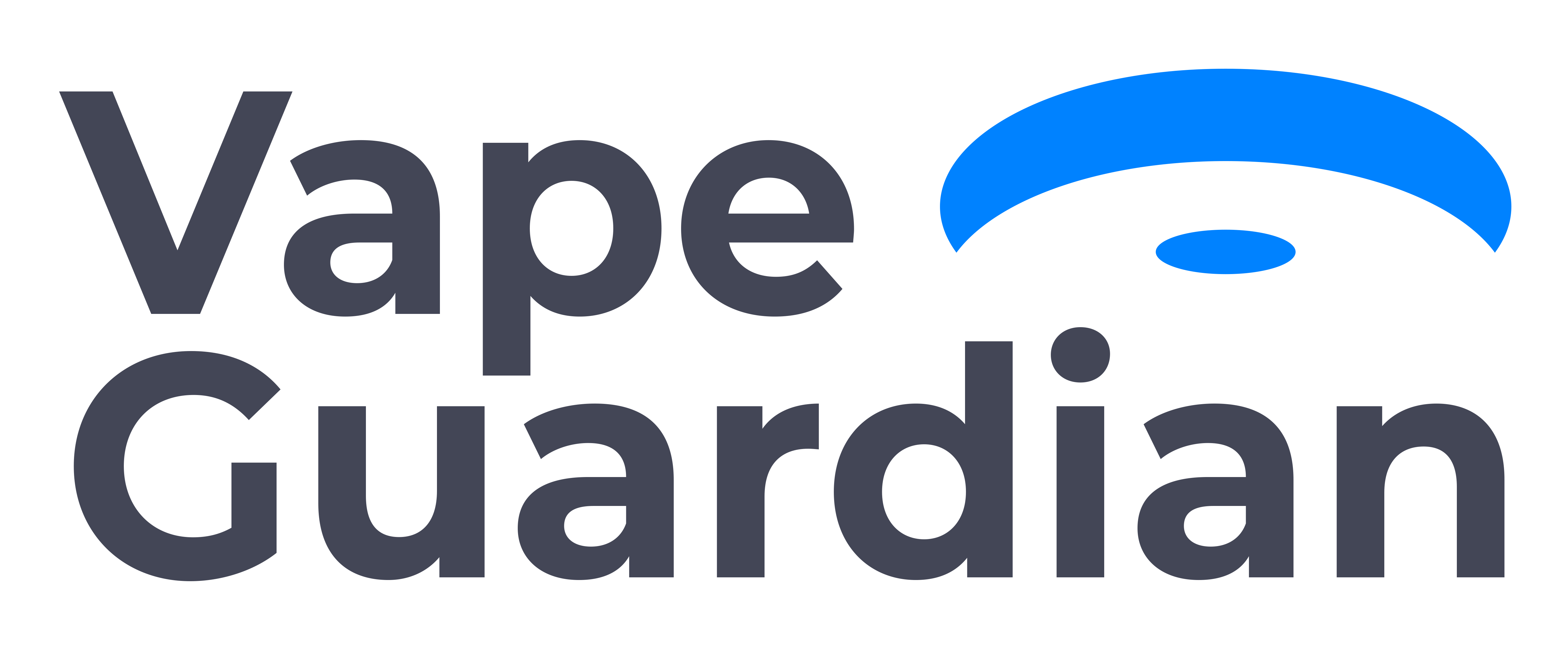

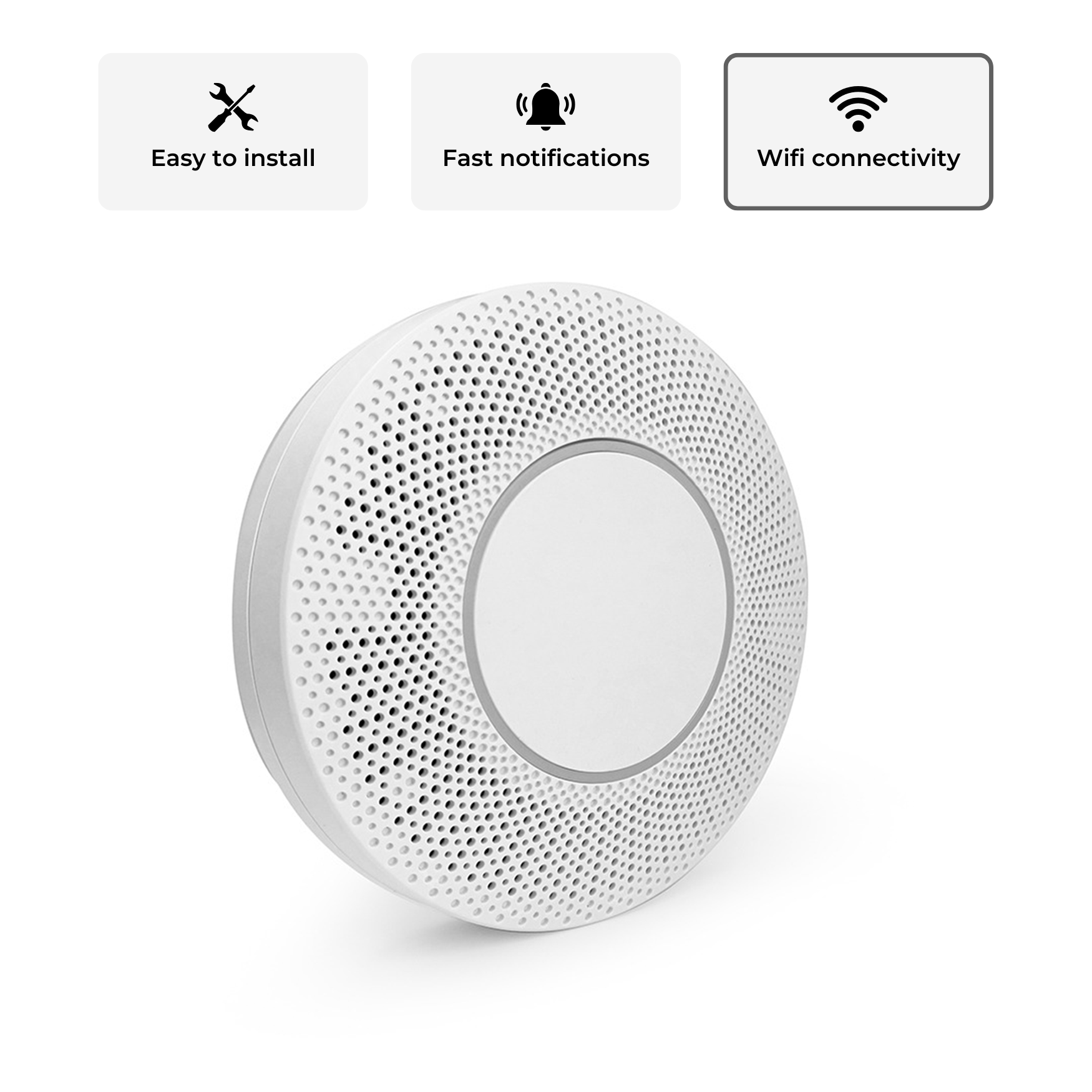
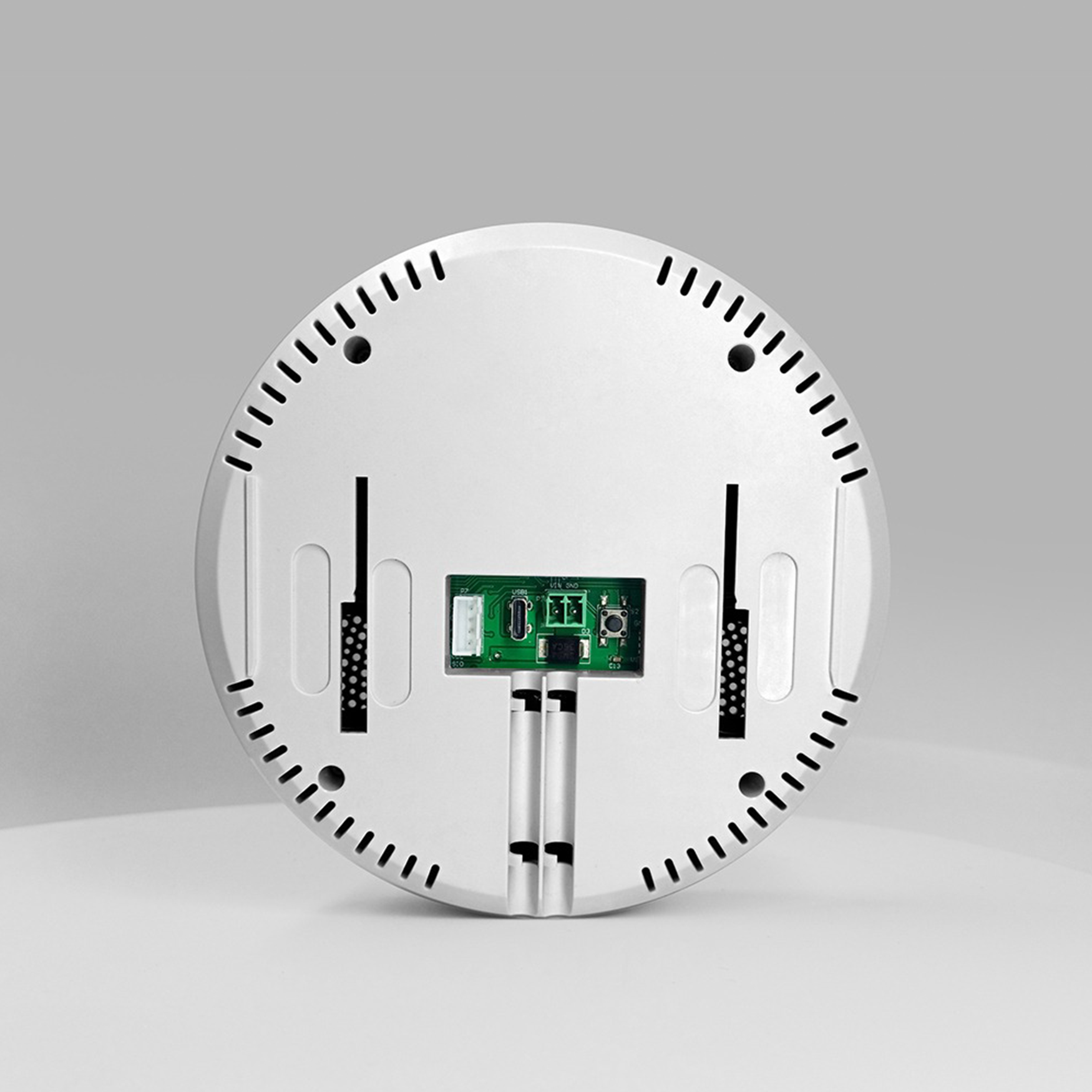

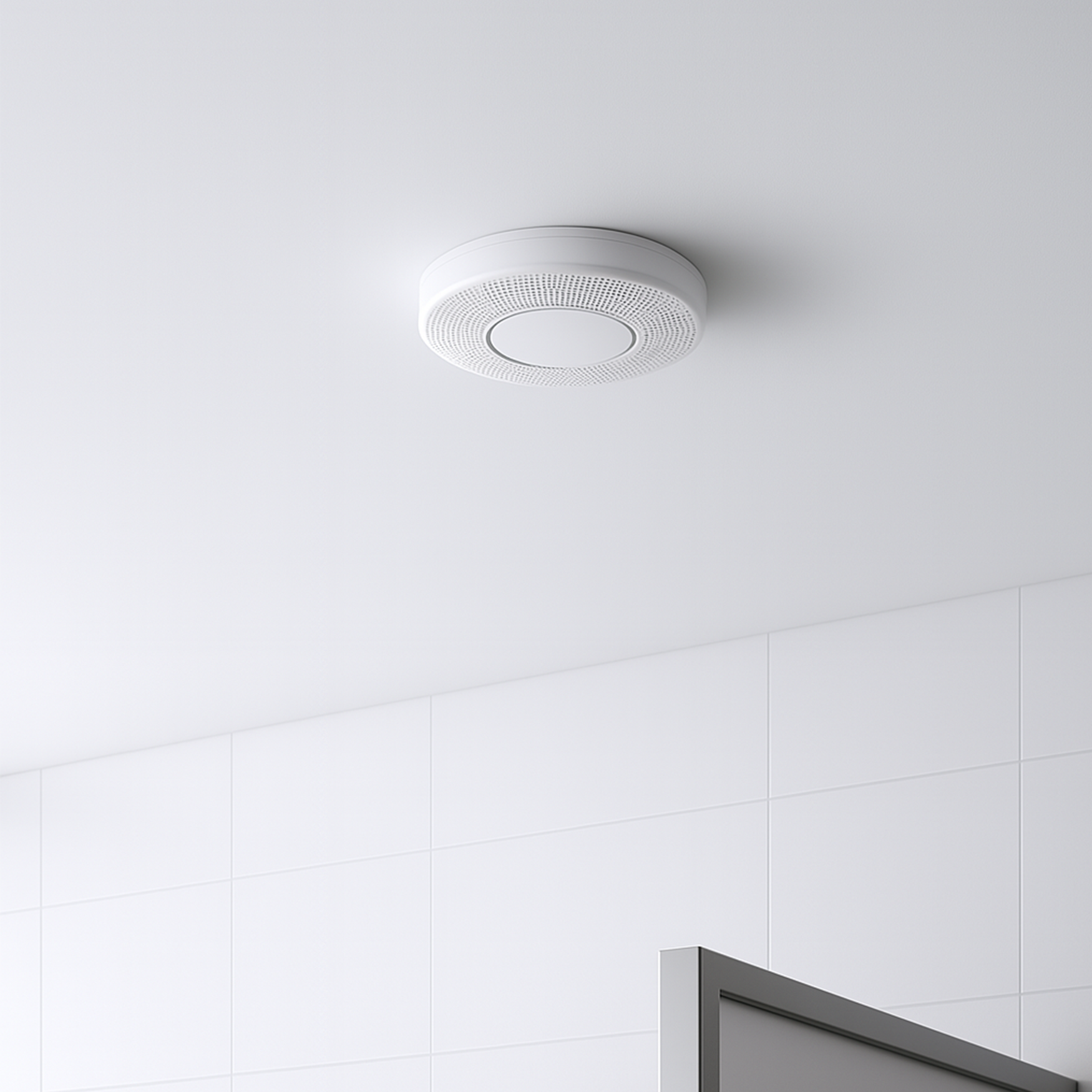
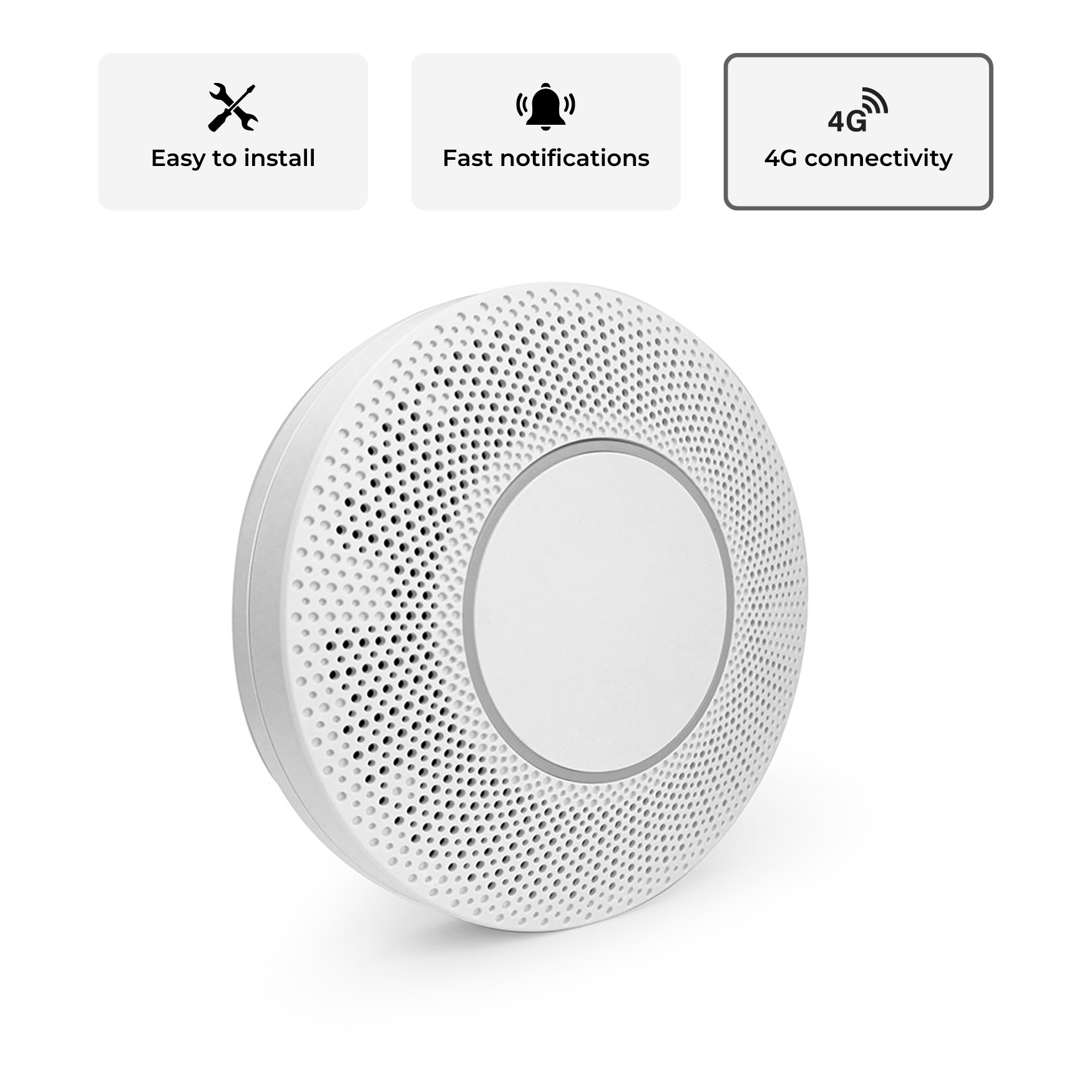
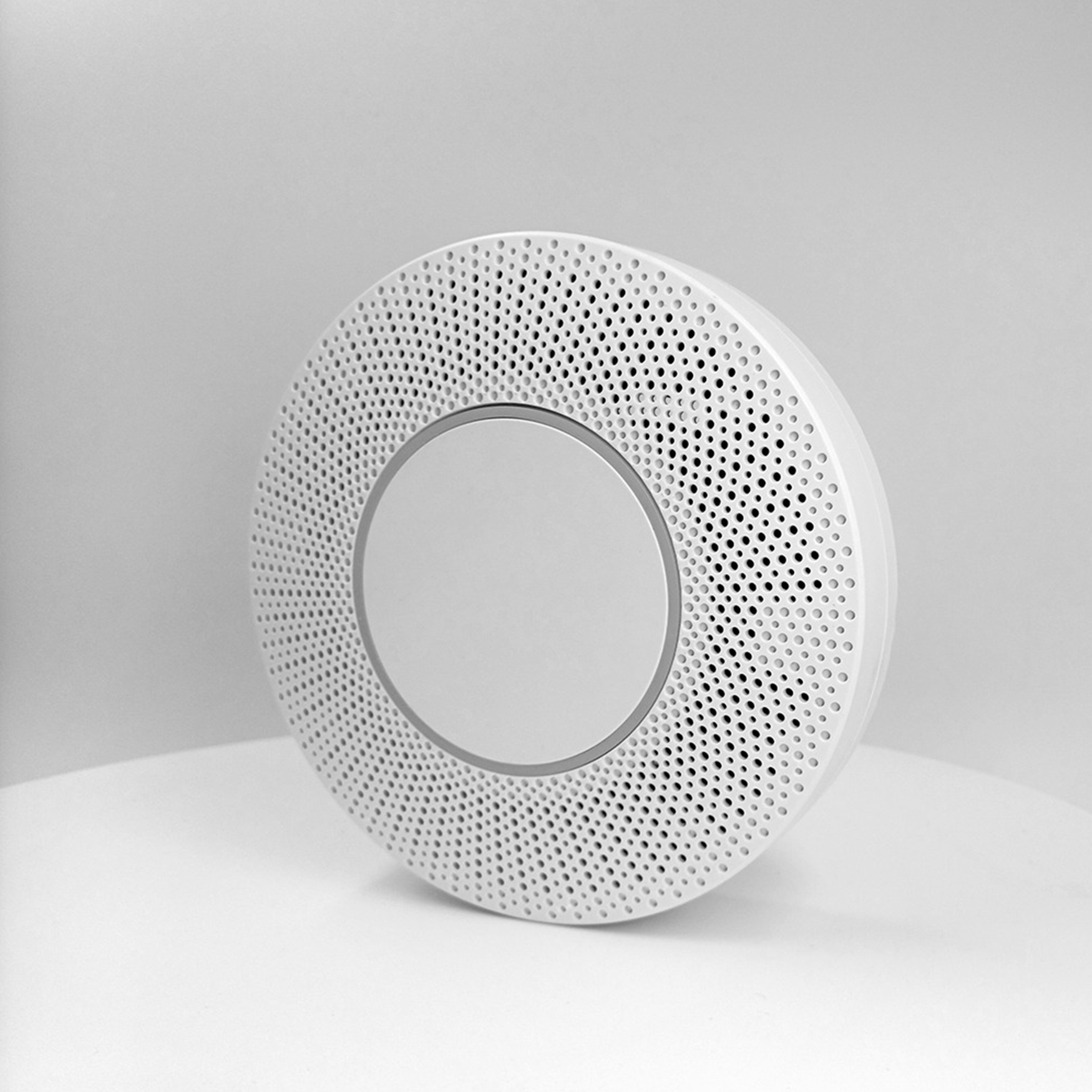
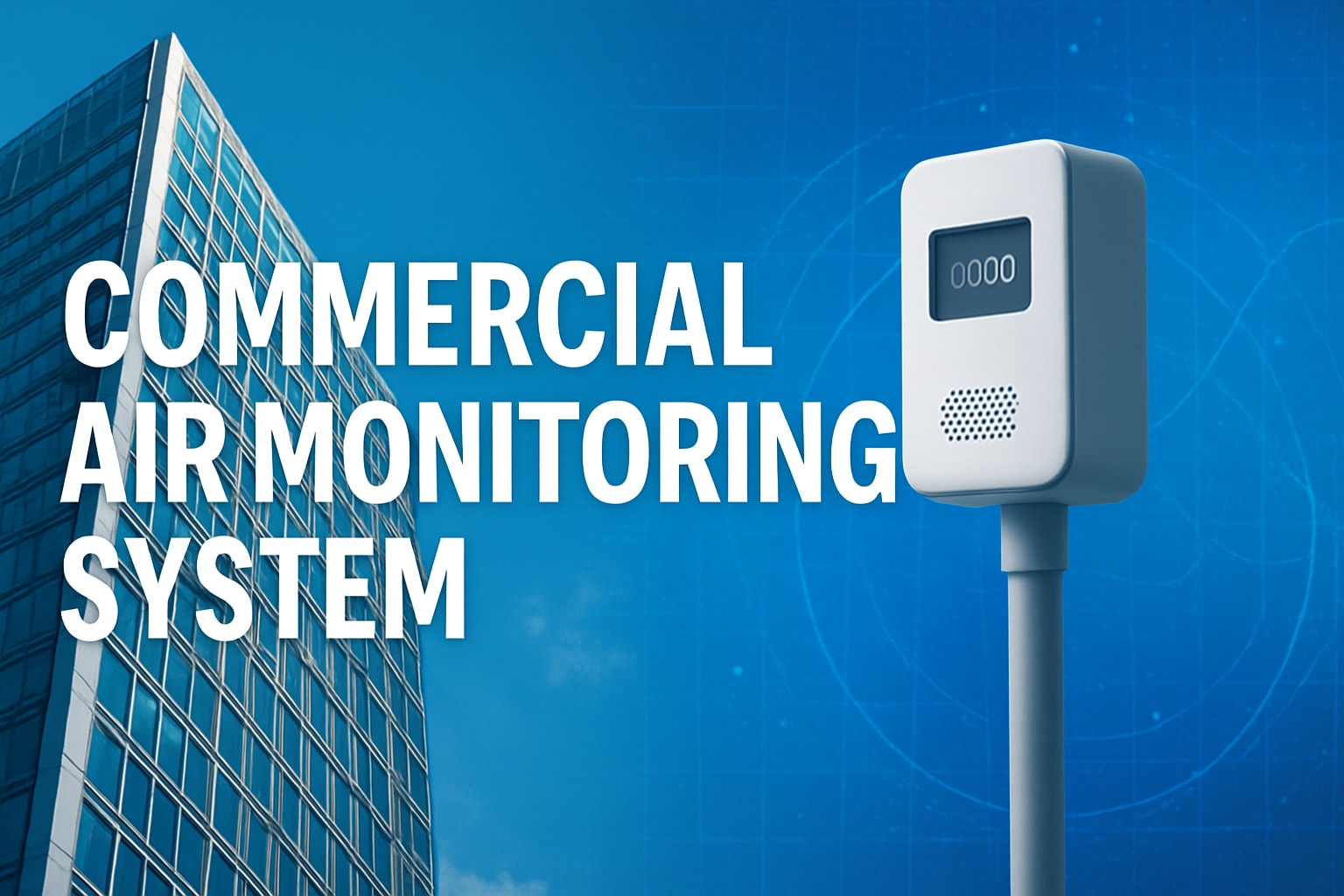


Share:
Office Air Quality Monitoring: The Essential Guide 2025
The Essential Guide to Indoor Air Quality Sensors 2025